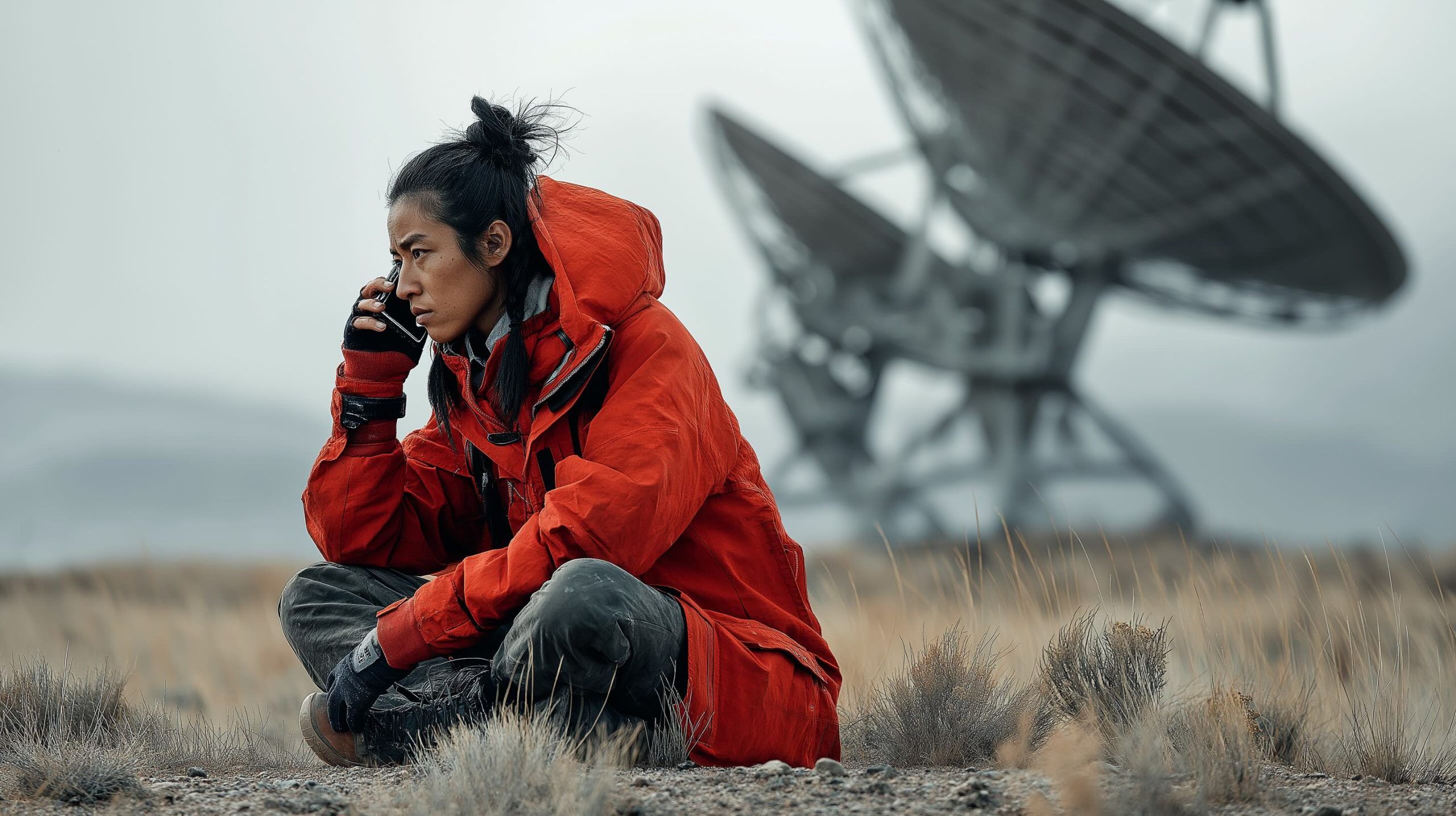
Smartphones vs. Satellite Phones: Are Off-Grid Cell Phones Killing the Satellite Phone?
Apple launched Emergency SOS via satellite on the iPhone 14 series in late 2022 using Globalstar’s LEO network. Samsung Galaxy S25, launched in 2025, is the first commercially available phone to include Snapdragon Satellite for two-way messaging via Iridium’s LEO

